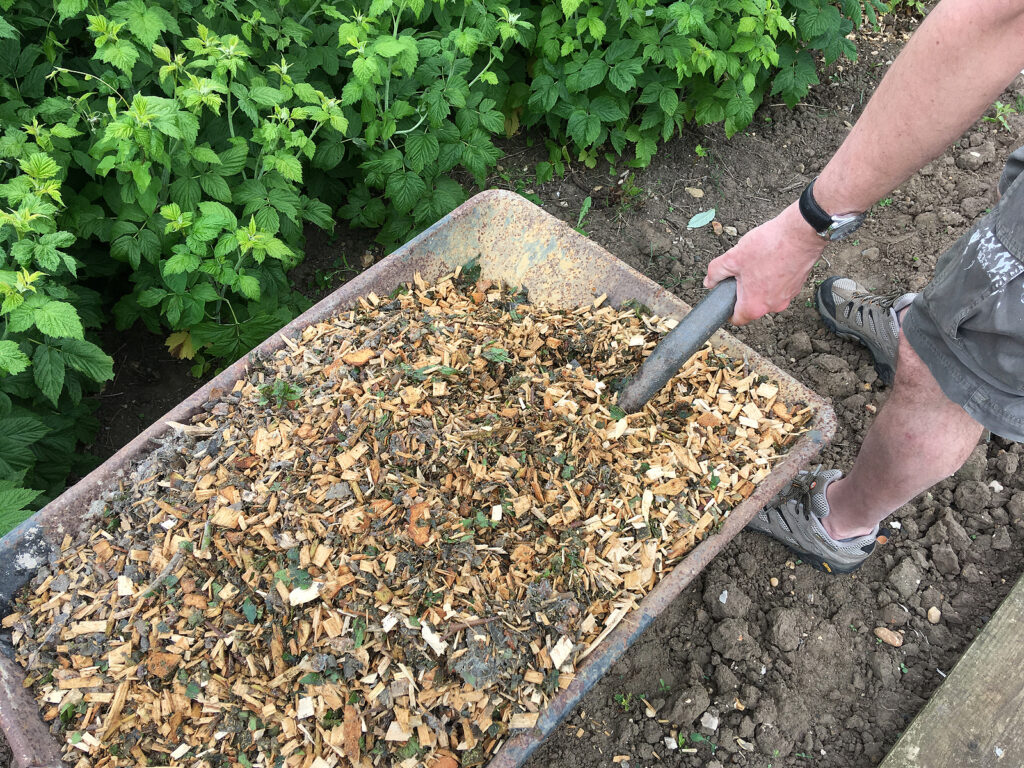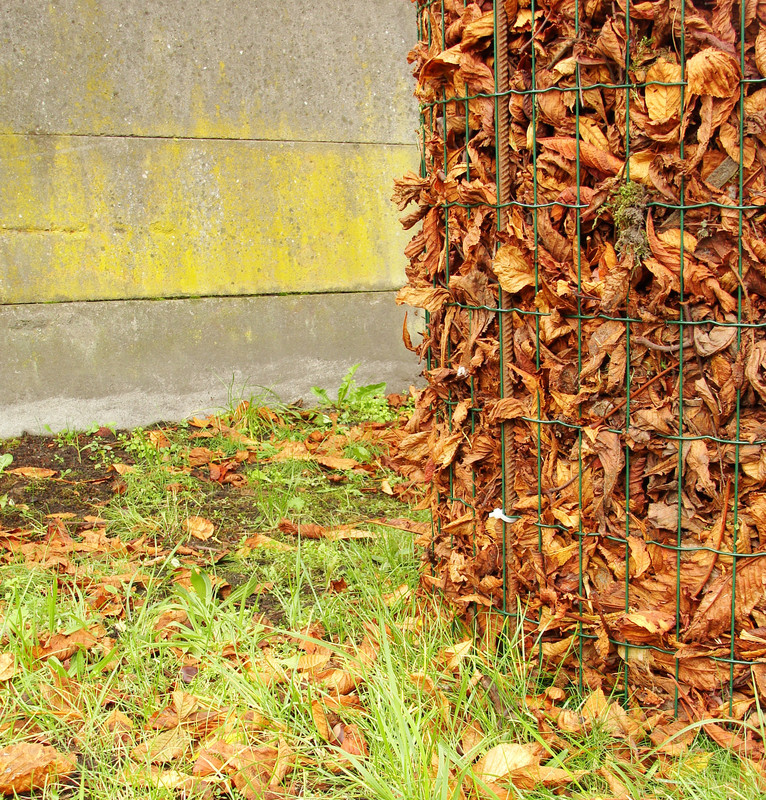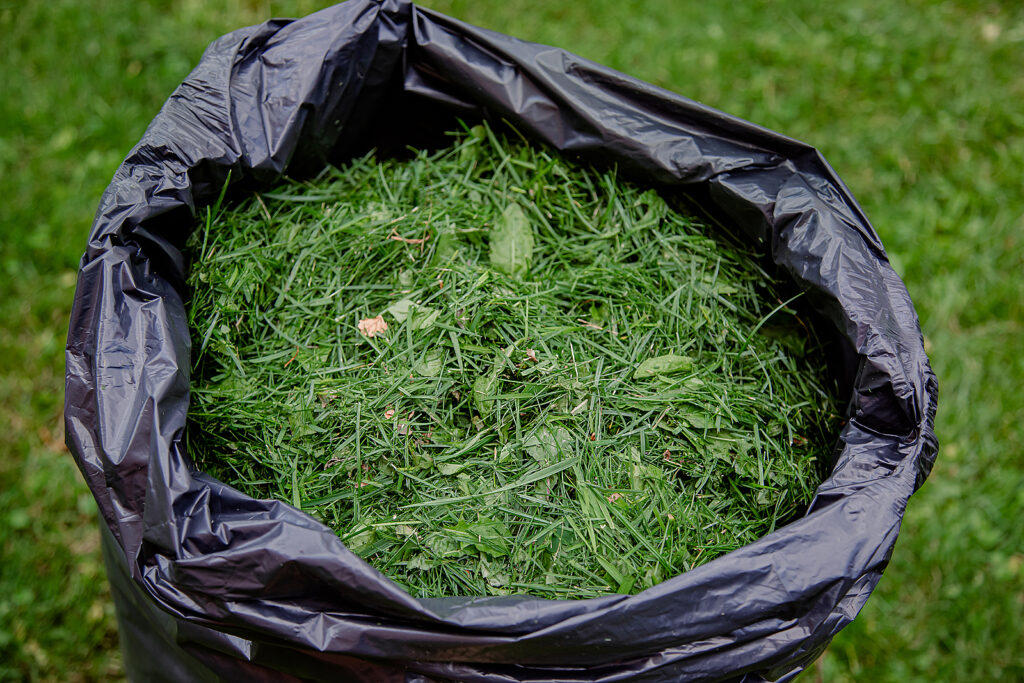Mulch is any material laid on the surface of the soil. It can be organic, such as compost, shredded leaves, or lawn clipping, or inorganic or synthetic, such as coarse sand, gravel, or plastic.
During the growing season, mulch can slow evaporation, inhibit and control weeds, and regulate soil temperature. In winter, mulch can protect perennial plants and the soil.

Benefits of mulching
• Conserves soil moisture by decreasing water loss through evaporation.
• Improves soil structure by preventing erosion, compaction, and crusting. Soil erosion is decreased as the impact of heavy rainfall is reduced by mulch. Water is allowed to slowly infiltrate the soil. Puddling and soil crusting as the result of heavy rainfall or irrigation are reduced. Mulching reduces compaction when the soil is walked on and protects plant roots and earthworms allowing them to continue their work.
• Controls weeds by making conditions unfavorable for the germination of weed seed. Mulch provides a physical barrier for emerging weeds. A thick layer of organic mulch will reduce annual weeds. Mulch reduces some perennial weeds and grasses and makes them easier to spot as they emerge. The moisture below mulch will make weed pulling easier. Black plastic and newspaper are the best mulch for controlling perennial weeds.

• Moderates soil temperature. Organic mulches such as leaves and grass clippings are loose and insulate the soil keeping it cool. Apply organic mulches late, not early in the season, after the winter chill has left the soil. Synthetic mulches such as plastic will help warm the soil more quickly in spring and increase early plant development. Black plastic or clear plastic will raise the soil temperature by 5°F or more. Plastic is a good choice for protecting warm-season crops.
• Add nutrients and humus to the soil. Organic mulches are beneficial to the soil as they decompose; they improve soil tilth and moisture-holding capacity. Organic mulches are best applied after plants are well established and are at least 4 to 6 inches (10-15cm) tall. Composted organic materials are rich in plant nutrients such as nitrogen and phosphorus and trace elements–they are not fertilizers but rich soil amendments.
Compost can be used as mulch; add 2 inches (5cm) of compost to the soil and allow it to work itself into the soil. Uncomposted organic material or plant residue also will benefit the soil but requires 6 weeks or more to decompose. Use uncomposted organic materials as a sheet mulch or top layer and allow it to decompose over the course of the season, or apply it as a top layer in fall to protect the soil through winter. Apply organic mulches where there is already reasonably good soil moisture and before the weather turns hot. Rainwater infiltration is slowed by mulch so it is best not to place mulch over dry soil.
• Keeps plant foliage clean and reduces exposure to disease. Mulch prevents soil from splashing and prevents foliage from contact with the soil. Many soilborne diseases are spread to plants in splashing soil water during rain or irrigation. Mulch reduces soil and disease particle splashing. To further protect plants, use mulch in combination with stakes and cages to lift plants off the ground. Use drip irrigation to deliver water directly to the base of plants.

Organic mulches
Here are commonly used organic mulches:
• Compost. Decomposed and partially decomposed organic materials. Compost is both a mulch and soil conditioner. A 2- to 3-inch (5-8cm) layer of compost will control weeds though not prevent weed growth. Incorporate compost into the soil as an amendment or use it as sheet mulch on top. Also, use on over-wintering beds. Use compost as a feeding mulch.
• Lawn clippings. Dry grass clippings are the best choice. A 2-inch (5cm) layer of dry grass clippings is a good way to keep down weeds and conserve soil moisture. Do not use grass clippings from a lawn that has been treated with an herbicide or weed killer; herbicide residue can harm or plants. Avoid fresh or wet grass clippings which will mat and will likely smell bad as they decompose; they can also heat up the soil as they decompose. Avoid grass clippings that contain crabgrass or grass seed heads. Grass clippings add nitrogen to the soil.
• Leaves and leaf mold. Leaves that have been shredded or partially decomposed (leaf mold) will prevent serious soil compaction, conserve soil moisture, and control annual weeds. Use a 2 to 3-inch layer of leaves or 1½ inches of leaf mold. Leaves are high in carbon and will require an application of nitrogen to prevent soil nitrogen depletion as they decompose. Leaves that become soggy can form an impenetrable mat; mix leaves with straw or shred them to avoid matting. Do not use walnut leaves; they contain iodine, which is toxic to some plants. Leaves add nitrogen to the soil. Leaf mold, like compost, is an excellent feeding mulch.

• Sawdust. Sawdust is good weed control. Sawdust that has been allowed to decompose for a year is best. Fresh sawdust can crust and keep rainfall from reaching the soil. Apply a 2-inch (5cm) layer of sawdust to control weeds. Add ½ pound of nitrogen per 10 cubic feet of sawdust to prevent nutrient deficiencies caused by microorganisms depleting soil nitrogen as they work to decompose carbon-rich sawdust. A ¼ inch layer of sawdust will help seed staring.
• Straw. Use straw as an annual weed control; apply 6 to 8 inches (15-20cm). Straw can be difficult to use in small spaces because it is loose and bulky. Straw can be slow to decompose and dry straw is highly flammable. Avoid straw or hay which contains weed seeds.
• Bark, wood chips, or shavings. Bark and wood chips like sawdust decompose slowly and are high in carbon. A 2- to 3-inch layer of bark provides good annual weed control or use as a pathway material. Apply nitrogen to the soil before putting down bark or wood chips as mulch. It is best to let bark decompose for a year before applying it around plants.
• Pine needles. Pine needles make long-lasting mulch but can form a soggy mat when wet. Use pine needles around acid-loving plants. A 1- to 1½ inch (3cm) layer of pine needles will control annual weeds and allow moisture to penetrate to the soil. Pine needles are very slow to decompose and inhibit earthworm activity.
• Hulls and ground corncobs. These materials will provide fair weed control when applied to a depth of 2 to 4 inches (5-10cm). Hulls–peanut hulls and cocoa hulls–have a tendency to blow in the wind. Add sawdust to improve texture and water retention. Cocoa hulls have a high potash content that can harm plants, do not apply to a depth greater than 2 inches. Corncobs provide good soil insulation but they can generate heat and should not be used close to tender plant stems.
• Peat moss. Use peat moss to a depth of about 1 inch (2.5cm) to control annual weeds and grasses. Peat moss is very slow to decompose and provides little or no nutrients to the soil. Pre-moisten peat moss before using it as mulch otherwise it may blow away. Till it into the soil at the end of the season. Dry peat moss requires considerable time and water to become moist; avoid using peat moss where the weather is very warm or where there is little rainfall. Peat moss has an acid pH; use it with acid-loving plants. Peat moss is harvested from peat bogs and is very slowly renewed.

Inorganic mulches
• Newspaper. Use newspaper as an under-layer for organic mulches. Use 2 to 4 sheets of newspaper–or heavy cardboard–as weed control. Newspapers will decompose over the course of a season. Apply nitrogen beneath newspaper to aid in decomposition; newspaper is carbon-rich and soil microorganisms will draw on soil nitrogen to decompose newspaper. Place bark or sawdust on top of the newspaper for a better appearance. Printer’s ink no longer contains lead or other harmful compounds and will not damage the soil or plants.
• Black plastic. Black plastic blocks out light so that weeds and grasses cannot get started. One layer of black plastic will control weeds. Weigh down plastic with soil along its edges or stones to keep it from billowing or blowing away. Black plastic absorbs heat and warms the soil by 5 to 10 degrees. Use black plastic to warm the soil in spring, but be aware that black plastic can overheat the soil in warm or hot weather damaging plant roots. Some plastic sheeting is black on one side and white on the other to prevent overheating. As well, solid black plastic will not allow water to penetrate. Use drip irrigation to make sure plants get moisture. Porous plastic–such as commercial weed block–will allow water to enter and gasses to exchange. Plastic is slow to decompose but can be broken down by sunlight; it may need replacing every couple of years.
• Clear plastic. Clear plastic is not useful for weed control but will warm the soil in early spring and speed seed germination. Clear plastic can raise the soil temperature by 10 to 20 degrees. Remove clear plastic after seed germination.
• Landscape fabric and weed barrier mats. These are usually made of plastic or synthetic materials. They can be used in permanent beds and covered with organic mulch. Weed barrier mats need to be weighted down on the ends and sides to keep them in place.















